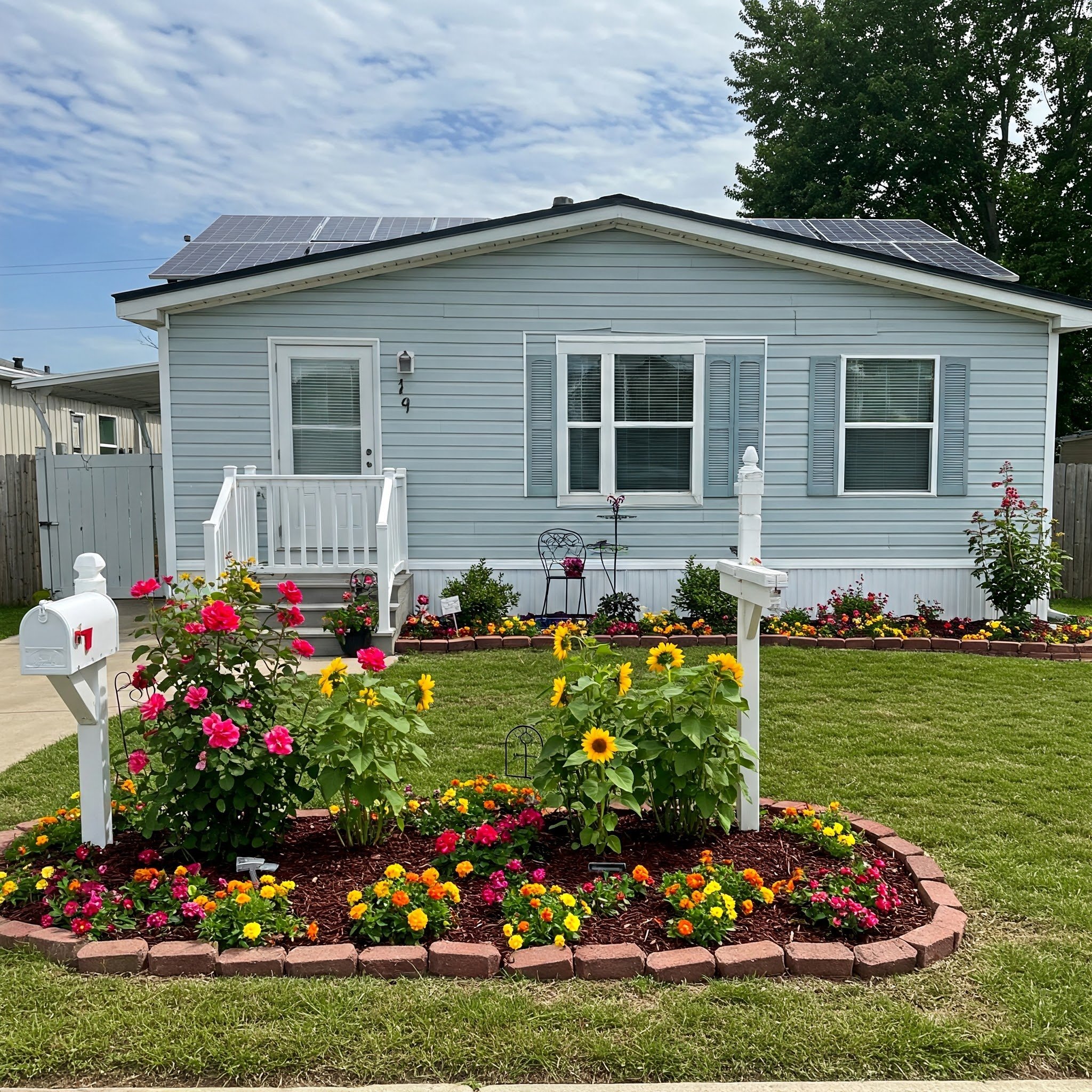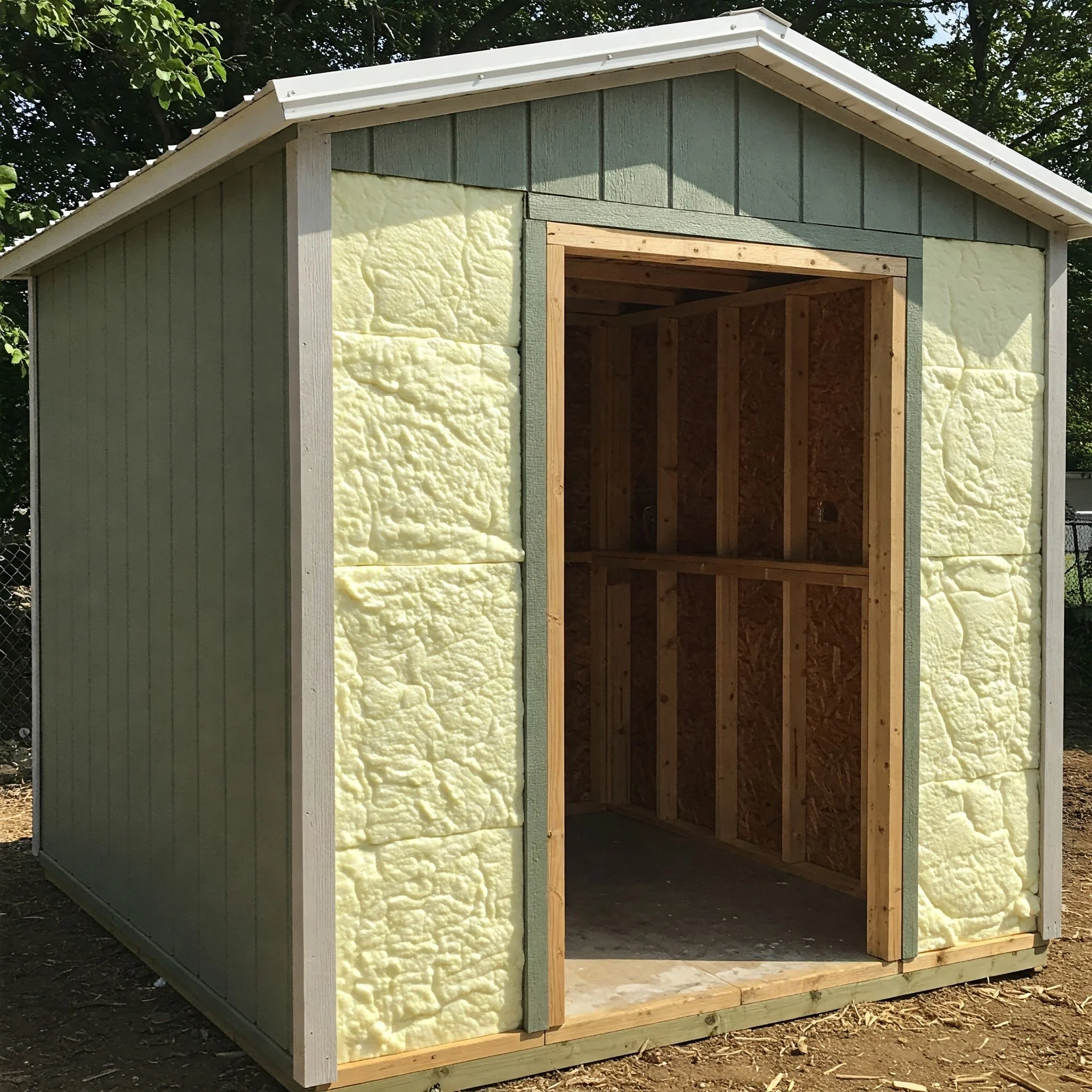How to Safely Start a Fire in a Fire Pit
Wondering how to safely start a fire in a fire pit? Learn the best methods for building a cozy fire while keeping safety top of mind. Follow our step-by-step guide for a worry-free experience!
There’s something undeniably magical about gathering around a fire pit. Whether you’re roasting marshmallows, telling stories, or just enjoying the crackling warmth, a well-lit fire pit can turn any backyard into a cozy retreat. But here’s the thing: starting a fire in a fire pit isn’t as simple as just striking a match. If you’re not careful, things can get out of hand quickly. That’s why it’s essential to know how to safely start a fire in a fire pit—so you can enjoy the experience without worrying about accidents or mishaps. In this guide, we’ll walk you through everything you need to know about lighting a fire safely and keeping it under control. Ready to get started? Let’s fire it up—safely, of course!
Choosing the Right Fire Pit Location
Before you even think about lighting that match, location is key. The spot where you place your fire pit can make or break your fire-starting experience—literally.
1. Keep It Away from Structures
When it comes to fire safety, distance matters. Place your fire pit at least 10-20 feet away from your home, garage, or any other structures. This also includes trees, bushes, and low-hanging branches that could easily catch fire. Trust me, you don’t want to spend your cozy evening chasing after flying embers that land on your deck!
2. Choose a Flat, Level Surface
You’ll want to set up your fire pit on a flat and level surface. Not only does this prevent your fire pit from tipping over, but it also keeps the fire contained within the pit itself. If your fire pit is on uneven ground, there’s a risk of logs rolling out or embers blowing into surrounding areas.
3. Use a Non-Flammable Base
Always place your fire pit on a non-flammable base like concrete, gravel, or stone. Avoid placing it on grass, wooden decks, or surfaces that could ignite if things get too hot.
Gathering the Right Materials
Before you learn how to safely start a fire in a fire pit, you’ll need the right materials. Using the proper fire-starting supplies will not only make the process smoother, but it will also keep your fire safer and more manageable.
1. Firewood
When it comes to firewood, seasoned hardwood is your best bet. Woods like oak, hickory, and maple burn longer and hotter compared to softwoods like pine, which can create excess smoke and resin buildup. Plus, properly seasoned wood (dried for at least six months) reduces the risk of popping and crackling, which could send embers flying.
2. Kindling and Tinder
Every fire needs a little help getting started, and that’s where kindling and tinder come in. Tinder is the fast-burning material that ignites first, like newspaper, pine needles, or dry leaves. Kindling consists of small sticks or thin pieces of wood that catch fire from the tinder and help ignite the larger logs.
3. Matches or a Lighter
Keep it simple with long-stemmed matches or a long-reach lighter. Both options give you enough distance from the fire to safely ignite it without putting your fingers too close to the flames.
4. Fire Pit Tools
It’s always a good idea to have a fire poker or tongs on hand to safely move logs or reposition them as the fire grows. And don’t forget a bucket of water or a fire extinguisher nearby, just in case things get a little too heated.
How to Safely Start a Fire in a Fire Pit
Now that you’ve chosen the right spot and gathered your materials, it’s time to learn how to safely start a fire in a fire pit. Here’s a step-by-step guide to get things going smoothly.
Step 1: Build the Fire Structure
Start by placing a handful of tinder in the center of the fire pit. Crumpled newspaper works great here, but if you’re feeling rustic, dry leaves or small twigs will do the trick too. Next, arrange your kindling (small sticks or thin pieces of wood) in a teepee shape around the tinder. This structure helps funnel oxygen to the fire, making it easier to catch and grow.
Step 2: Add Larger Logs
Once your kindling is in place, it’s time to add the larger firewood logs. Stack the logs in a crisscross or "log cabin" pattern over the kindling. This arrangement allows for plenty of airflow, which is crucial for keeping the fire burning steadily.
Pro Tip: Don’t stack too many logs at once—start with two or three, and add more as the fire grows. Overloading the fire pit with too much wood too quickly can smother the flames.
Step 3: Light the Fire
Now comes the fun part—lighting the fire! Use a long-reach lighter or matches to ignite the tinder from multiple sides. Be patient and give the flames a moment to catch. If your kindling is well-arranged, it should catch fire quickly and start igniting the larger logs.
Step 4: Manage the Fire
Once your fire is burning, it’s important to keep an eye on it and manage the flames. Use your fire pit tools to reposition logs as needed, and add more wood to keep the fire going. However, avoid adding too much wood at once—this could cause the fire to get too large and become difficult to control.
Fire Pit Safety Tips
Learning how to safely start a fire in a fire pit is only part of the equation. You’ll also need to take some precautions to ensure that your fire stays under control and doesn’t cause any accidents.
1. Never Leave a Fire Unattended
This might seem like a no-brainer, but it’s worth repeating: never leave a fire unattended. Even a small fire can grow out of control quickly, especially if the wind picks up or an ember escapes the pit. Always stay nearby and keep a close eye on the flames.
2. Avoid Using Accelerants
It might be tempting to use lighter fluid or gasoline to get your fire going quickly, but that’s a big no-no. Accelerants can cause the fire to flare up dangerously and are difficult to control. Stick to tinder, kindling, and matches for a safer fire-starting experience.
3. Watch the Wind
Pay attention to the wind conditions before lighting a fire. Strong gusts can carry embers far away from the fire pit, potentially igniting nearby structures, plants, or even your clothing. If it’s a particularly windy day, it might be best to wait for calmer weather before starting a fire.
4. Have an Extinguishing Plan
Always keep a bucket of water, garden hose, or fire extinguisher nearby when using a fire pit. If the fire gets out of hand, you’ll need to act fast. When it’s time to extinguish the fire, douse the flames with water and stir the ashes to make sure all embers are fully out.
Conclusion
Now that you know how to safely start a fire in a fire pit, you’re ready to enjoy those warm, glowing evenings in the backyard with confidence. Just remember, the key to a great fire pit experience is preparation and safety. From choosing the right location and materials to following proper fire-starting techniques, you’ll ensure that your fire stays under control and enjoyable for everyone. So gather your friends, grab some marshmallows, and let the cozy fireside memories begin—safely, of course!
Frequently Asked Questions
1. Can I burn leaves or paper in my fire pit?
While it’s fine to use small amounts of paper or dry leaves as tinder, avoid burning large quantities of them. They can produce excess smoke and flying embers, which can be dangerous in windy conditions.
2. Can I use my fire pit on a wooden deck?
It’s not recommended to place a fire pit directly on a wooden deck, as the heat can damage the wood or start a fire. If you must use it on a deck, place a fireproof mat or a layer of paving stones underneath for protection.
3. What should I do if the fire gets too big?
If the flames are getting out of control, use your fire poker to spread the logs out and reduce the intensity. You can also douse the flames with water, but be cautious of sudden bursts of steam.
4. How do I safely put out a fire in a fire pit?
To safely extinguish the fire, pour water over the flames and stir the ashes to ensure all embers are fully extinguished. Keep pouring water and stirring until the fire is completely out and no smoke or heat remains.
5. What kind of wood is best for fire pits?
Seasoned hardwoods like oak, hickory, and maple are the best options for fire pits. They burn hotter and longer, with less smoke compared to softwoods like pine.
































